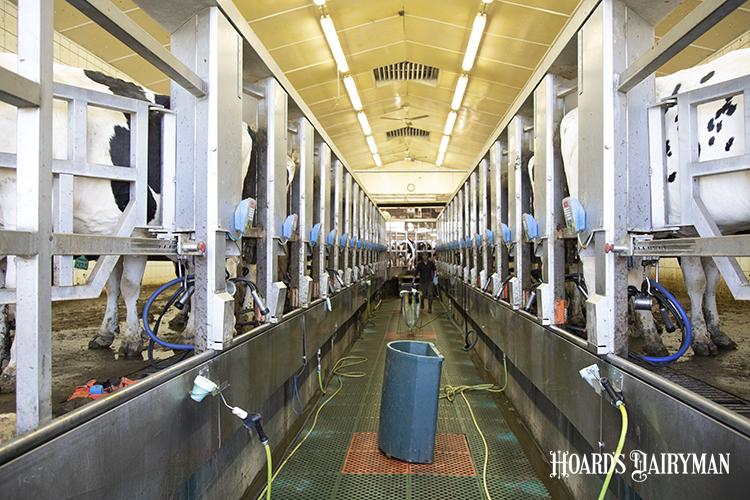
The question of where future milk production growth in the U.S. will occur has been frequently discussed over the years. While the location of processing plants and significant consumption areas is important, milk production economics also plays a critical part.
USDA’s Economic Research Service (ERS) surveys the economic situation of dairy farms across the country on an annual basis through its Agricultural Resource Management Survey (ARMS). The web interface to the ARMS data can be accessed on my.data.ers.usda.gov. The ARMS interface allows the user to examine subsets of the total U.S. data based on location, economic class, production specialty, and so forth.
Dairy farms’ ranks by sales category
The ARMS data can provide economic insight into where milk production is more economically viable. At the national level, the ARMS data can be sorted by sales to see how the size of the operation affects economic viability. The 2020 data shows that the operating profit margin (the ratio of operating profit to gross farm income) is negative 93.4% for an operation with less than $100,000 in sales. For a dairy operation with sales between $500,000 and $999,999, the operating profit margin was 6.4% in 2020, while the operating profit margin increased to 18.1% for dairy operations with more than $1 million in sales.
A similar economic assessment can be seen by looking at the operating expense ratio (operating expenses divided by gross farm income) which was 91.3% for less than $100,000 in sales but falls to 75.4% for operations with sales greater than $1 million. This data highlights that economies of scale exist in dairy operations and will continue the trend toward fewer larger dairies in the coming years.
What about individual states?
State by state information provided in the ARMS data can provide further insight into growth areas of the U.S. Texas dairy operations reported an operating profit margin of 20.1% in 2020, while Missouri dairy operations reported negative 27%. The ARMS data has multiple years of historical data that can show whether states are trending one way or the other in terms of economic viability. For example, the operating profit margin for Wisconsin doubled from 2016 to 2020.
Comparing the relative economic strength of different areas of the country and different sizes of operations can be an excellent benchmarking exercise for individual dairies in addition to the information it provides on where national dairy cow growth will occur in the future.







